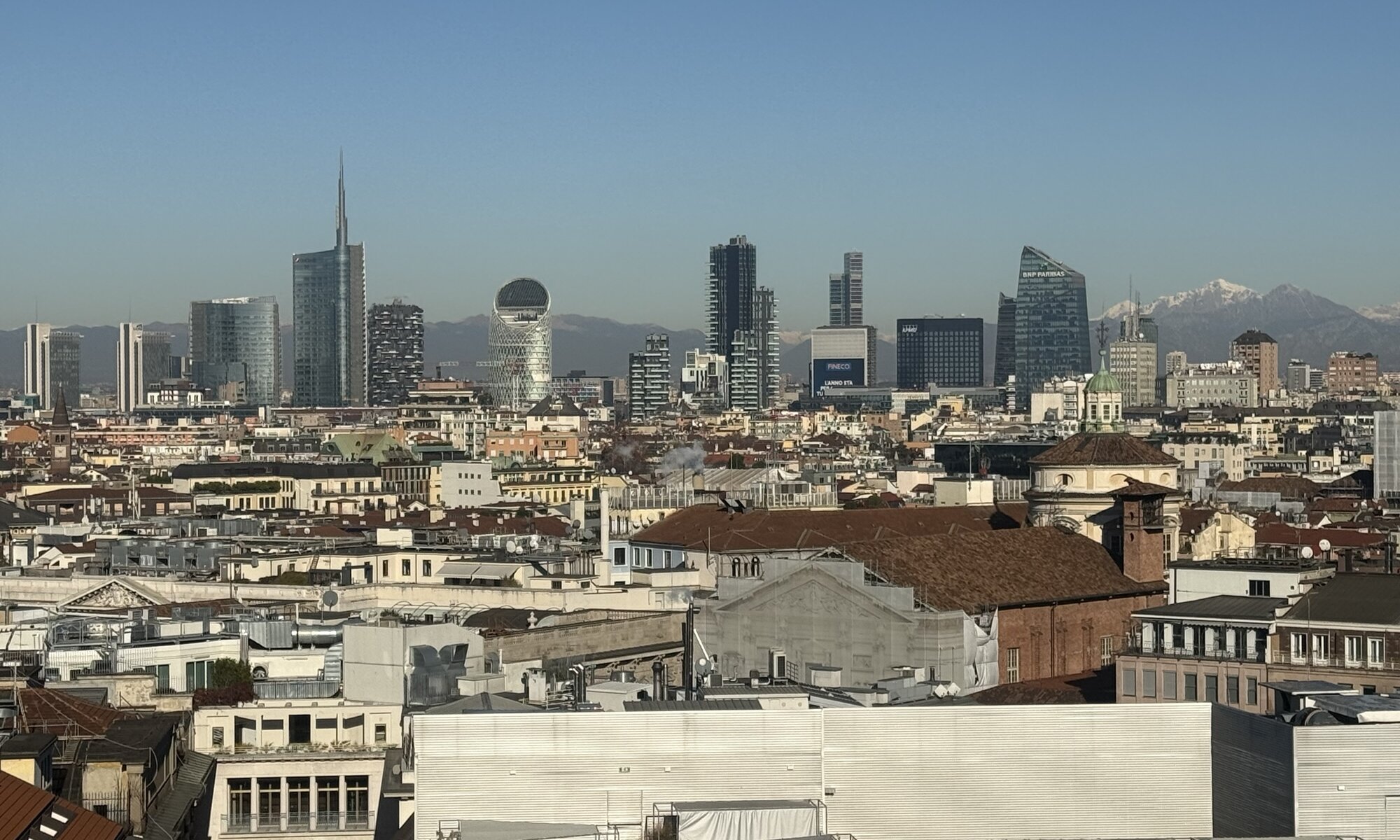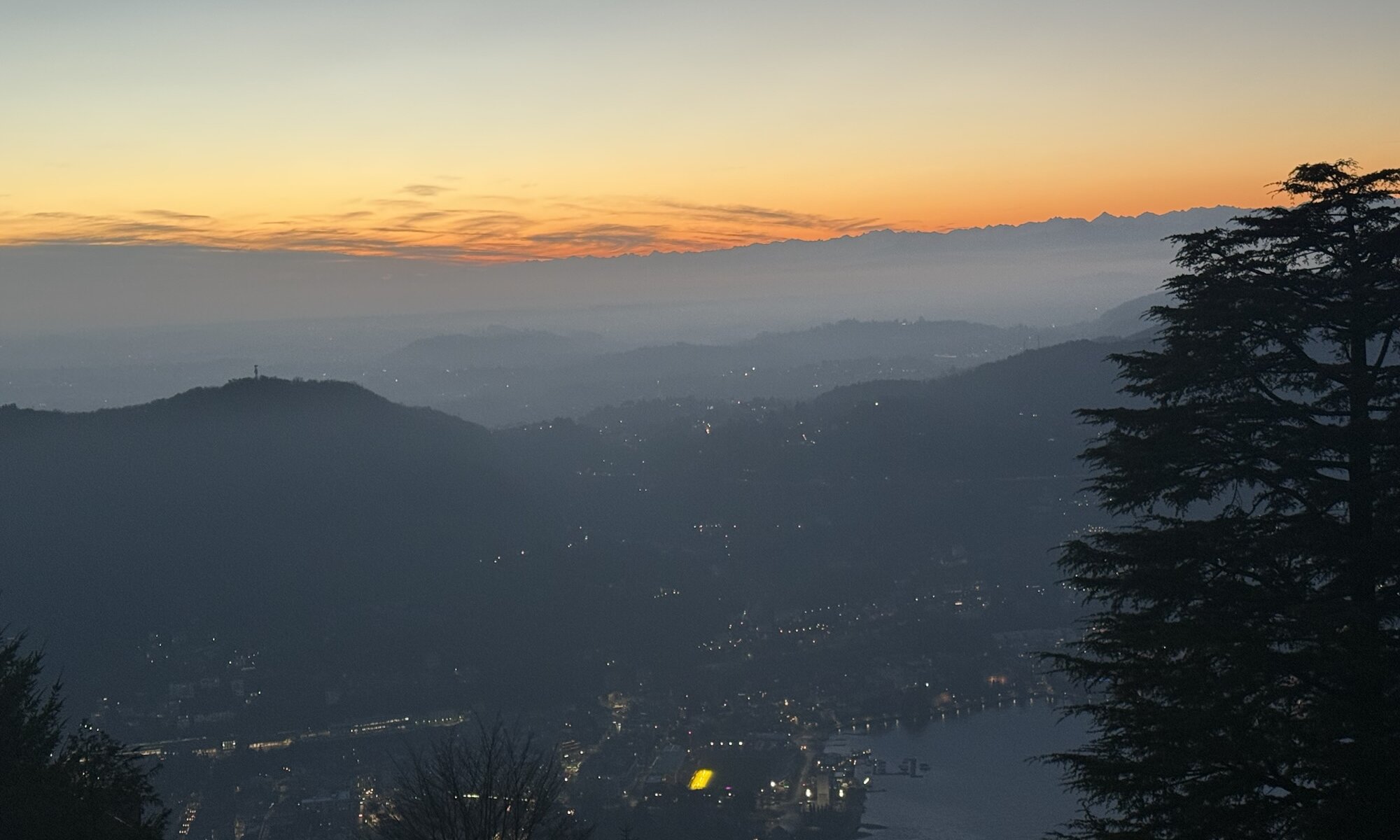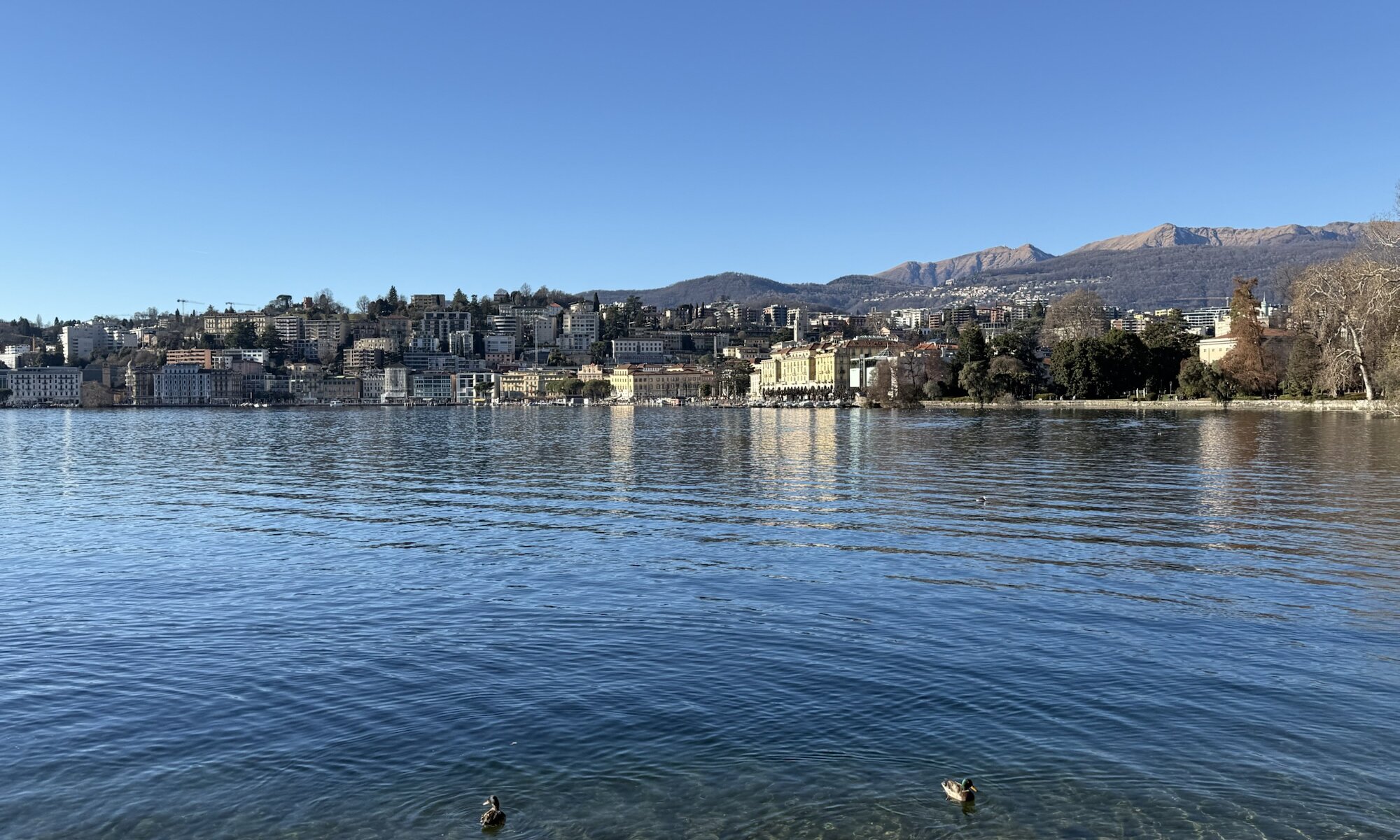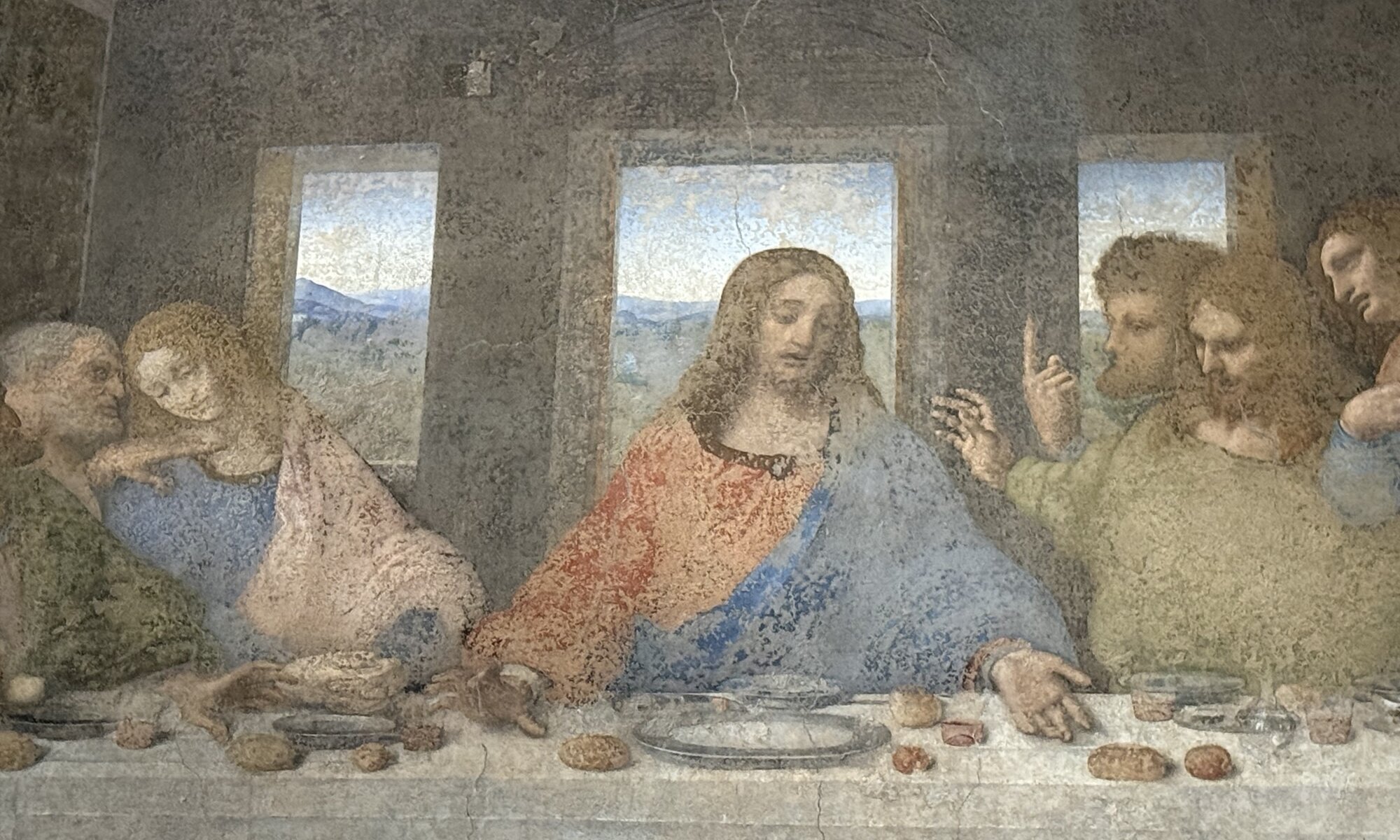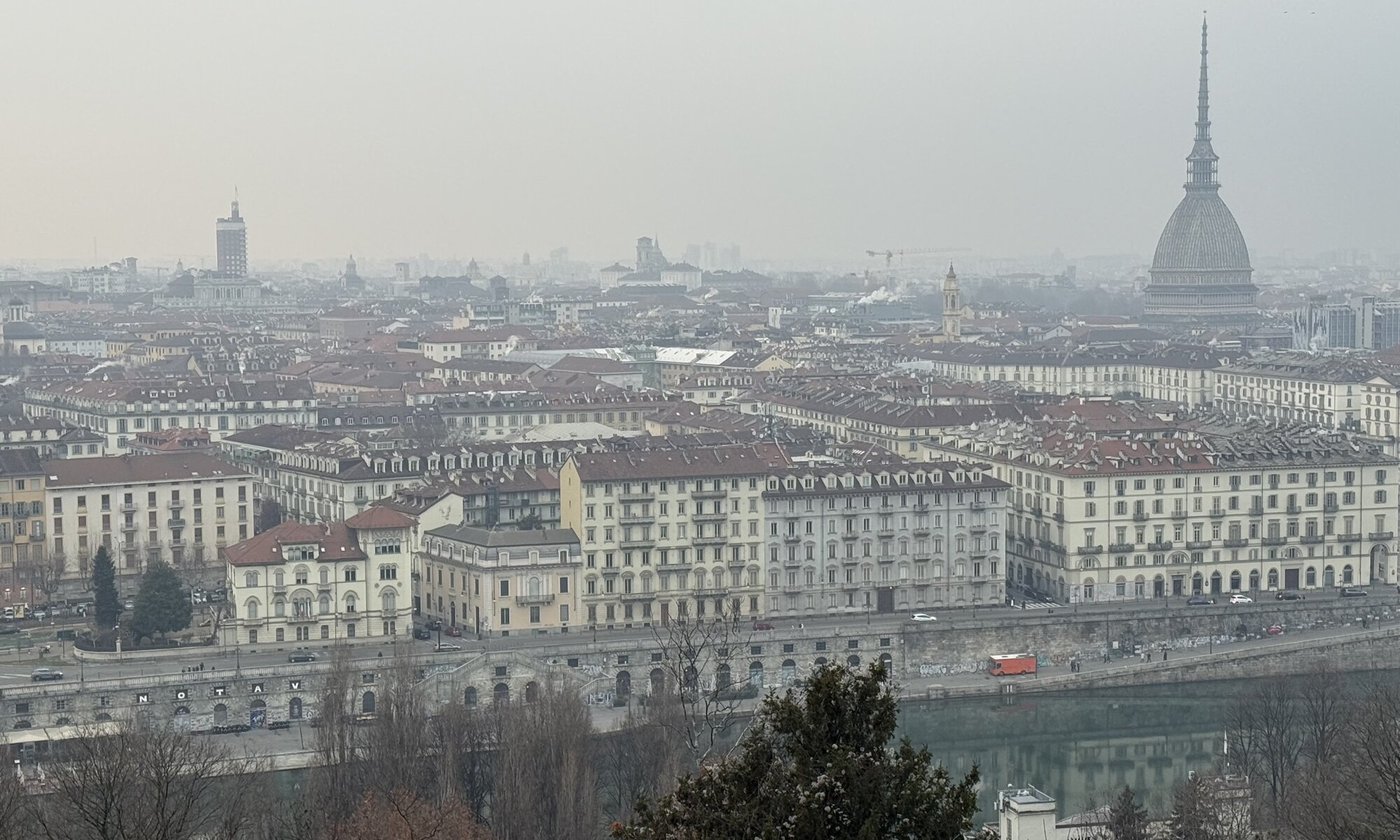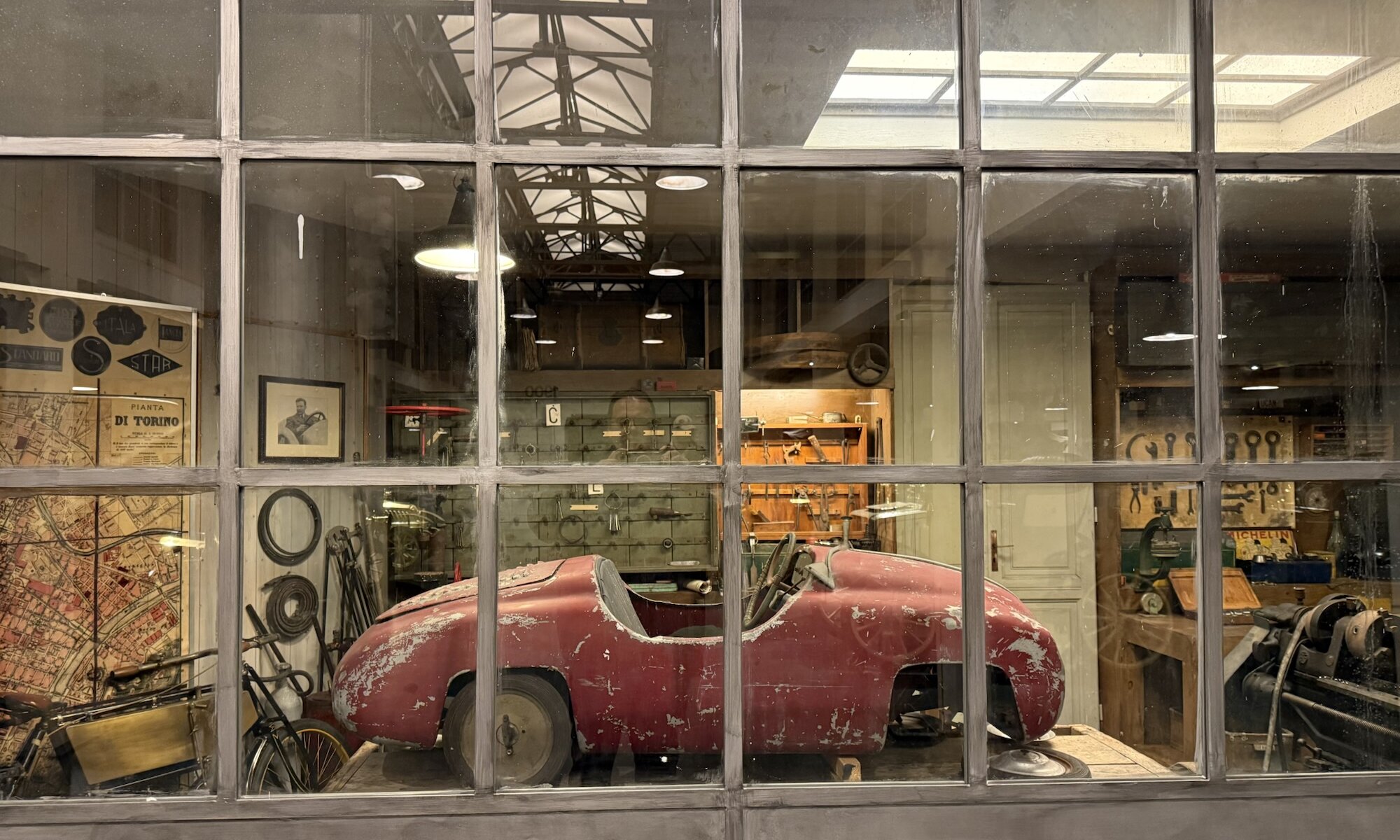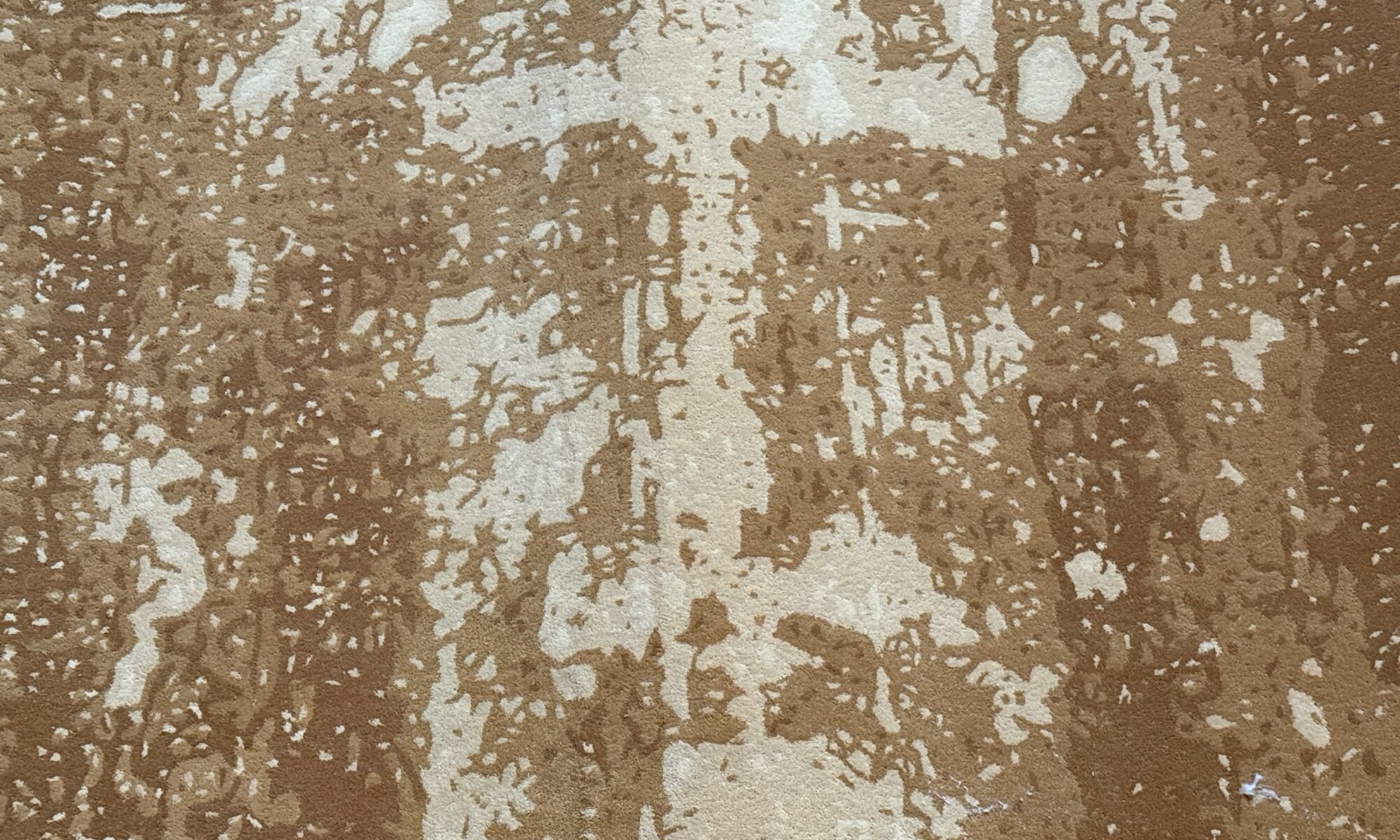Last year my employer introduced a scheme that allows me to work twenty days mostly anywhere in the world. Something which feels like being made for me, but I decided to try it out first in an easy location and at a time when workload isn’t soaring high. That’s why I decided to work the week after Christmas at Milano, a city I had only briefly explored so far. It also gave me the chance to finally see the L’Ultima Cena (I always failed to get tickets) and the chance to explore the surroundings, including Bergamo, Brescia, Torino and a long-awaited return to Como.
Continue reading “Lavorare a Milano”Linate
Aeroporto di Milano Linate Enrico Forlanini (LIN) is one of the three major airports serving the Milano metropolitan area, alongside Malpensa (MXP) and Bergamo Orio al Serio (BGY, far away from the city). Located just about seven kilometres east of the city centre of Milano, Linate primarily handles domestic and short-haul European flights, making it the most convenient option for travellers heading directly into Milano. Its proximity to the city allows for a quick transfer – usually less than half an hour – which has long appealed to business passengers and locals alike. Despite its compact layout compared to Malpensa, Linate is known for its efficiency, modern facilities, and rather civilised atmosphere, balancing practicality with understated Italian elegance.
Continue reading “Linate”Brunate
The Funicolare Como-Brunate is one of those engineering marvels that beautifully blends practical transportation with scenic delight. Opened in 1894, it was conceived as a way to connect the bustling lakeside city of Como with the hillside village of Brunate, perched some 700 metres above. Initially powered by steam and later electrified, the funicular became a symbol of 19th-century ingenuity, offering both locals and visitors a reliable and fascinating ascent up the steep incline. Its red carriages, gently swaying as they climb, feel like a journey back through time – a reminder of how elegantly the past solved challenges of geography.
Continue reading “Brunate”Lago di Lugano
Straddling the border between southern Switzerland and northern Italy, Lago di Lugano is one of those rare lakes that feels at once luxuriant and unspoilt. Its emerald waters wind between steep alpine slopes and densely forested hills, creating a semi-Mediterranean landscape that’s markedly different from the larger, more polished lakes like Como or Maggiore. The air here feels softer, touched by olive trees, camellias, and lemon groves that thrive thanks to the lake’s mild microclimate. What makes it truly special is the blend of Swiss precision and Italian flair: orderly lakeside promenades lined with elegant villas contrast with the lively warmth of the cafés and trattorie where Italian is the dominant tongue.
Continue reading “Lago di Lugano”L’Ultima Cena
The church of Santa Maria delle Grazie in Milano is one of the finest examples of Renaissance architecture in northern Italy. Built initially for the Dominican order during the late 15th century, it occupies a quiet corner of the Corso Magenta district, offering a striking contrast to the city’s modern elegance. Its brick façade, modelled in the Lombard Gothic style, conceals a luminous interior remodelled under the patronage of Ludovico Sforza, Duke of Milan, who sought to turn this monastery into both a religious house and a dynastic mausoleum. Donato Bramante, one of the early masters of the High Renaissance, transformed the apse into a harmonious ensemble of light, colour, and proportion that typifies the transition from Gothic to humanist design.
Continue reading “L’Ultima Cena”Pinacoteca di Brera
The Pinacoteca di Brera stands as one of Milano’s great cultural treasures, housed in a former Jesuit college that became a key site in the city’s artistic and intellectual life. Its origins trace back to the late 18th century, during the Napoleonic era, when artworks confiscated from churches and noble collections across northern Italy were brought together to form a public gallery. This was part of a broader Enlightenment vision, seeking to make art accessible to citizens and scholars. Over time, the collection grew under the direction of major curators and benefactors, transforming Brera into the artistic heart of Milano.
Continue reading “Pinacoteca di Brera”Torino
The city of Torino, or Turin in German and English, lies elegantly at the foot of the Alps where the Po river flows through the wide plains of northern Italy. It was the first capital of unified Italy in the 19th century and long before that, the seat of the powerful House of Savoy. The city carries itself with a regal grace, visible in its Baroque palaces, arcaded boulevards, and grand piazzas that reflect both French and Italian influences. Its grid-like street layout, unusual for an Italian city, owes much to 17th-century urban planning, which lends Torino a sense of order and grandeur reminiscent of Paris rather than Roma.
Continue reading “Torino”Automobile
The Museo Nazionale dell’Automobile in Torino is one of Italy’s most fascinating and thoughtfully curated museums, offering a deep dive into the evolution of the car as both a technological marvel and a cultural symbol. Founded in 1932 by Carlo Biscaretti di Ruffia, a passionate pioneer of Italian motoring culture, it stands as one of the world’s oldest automobile museums. The building itself, redesigned in the early 21st century, presents an elegant, modern structure along the river Po. Its architecture mirrors the spirit of the exhibits within – combining history, innovation, and motion into a seamless narrative that reflects Torino’s enduring connection to the automobile industry.
Continue reading “Automobile”Museo Egizio
The Museo Egizio in Torino ranks among the most remarkable collections of Egyptian antiquities outside of Egypt itself. It was founded in the early 19th century, stemming from the Savoy family’s fascination with the ancient world and their patronage of archaeological study. Over time, it grew under the direction of notable Egyptologists such as Ernesto Schiaparelli, whose early 20th-century expeditions brought back an extraordinary wealth of artefacts. The museum’s link to the intellectual and collecting culture of Enlightenment Europe, alongside its pioneering role in Egyptology, gives it a distinctly historical depth that few other museums can match.
Continue reading “Museo Egizio”Sindone di Torino
The Cattedrale di San Giovanni Battista in Torino stands as one of the most remarkable examples of Renaissance church architecture in northern Italy. Built between 1491 and 1498 under the direction of Amedeo de Francisco di Settignano, known as Meo del Caprina, the cathedral replaced a cluster of medieval churches dedicated to Saint John the Baptist, the city’s patron saint. Its elegant façade of white marble, rare for Piedmont at the time, reflects the transition from Gothic to early Renaissance design, pairing classical balance with restrained ornamentation. In the late 17th century, the complex gained its most distinctive silhouette when Guarino Guarini added the magnificent Baroque chapel designed specifically to house one of Christianity’s most venerated relics – the Shroud of Torino.
Continue reading “Sindone di Torino”
